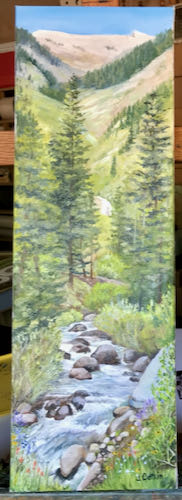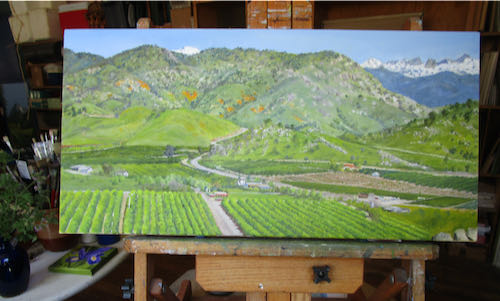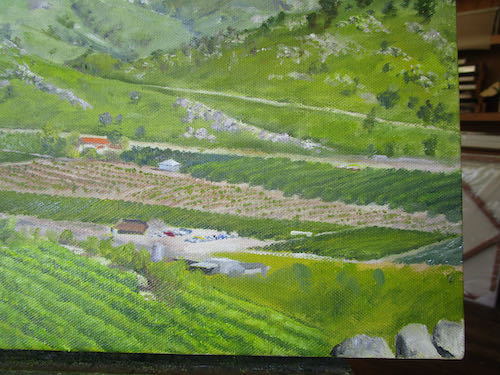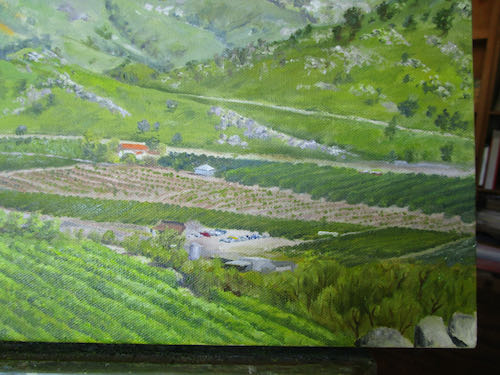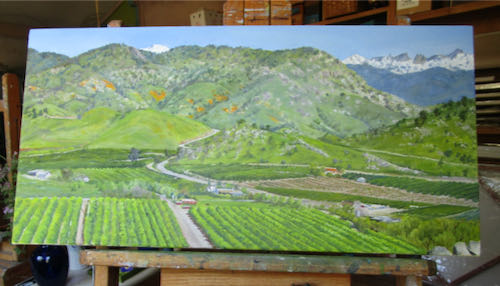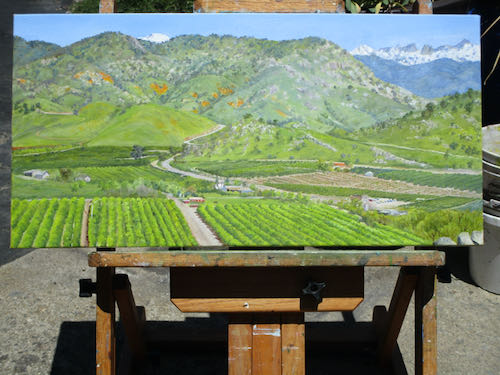The process of oil painting begins in a total mess, and each successive layer is I more inch toward order.
I had two 10×20″ commissioned oil paintings of ranch houses, one from a fairly clear photo, and the other from a dark photo of murky edges and shapes. Unfortunately, that second ranch house is no longer in existence, so I had to just work with what has been provided.
It was a little bit too hard, so I began with the easier one.
First, you can see the beginning mess, along with my reference photo on the laptop (although it isn’t clear, and since I didn’t take the photo, I don’t feel free to show it here).
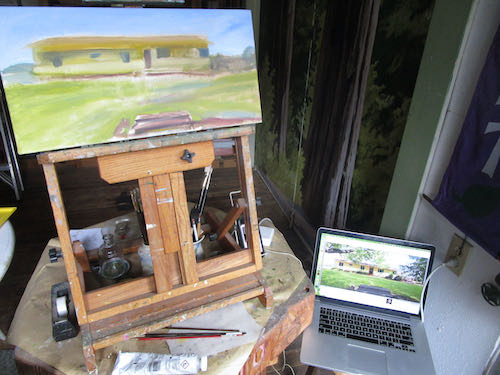
It was a cold wet day, so all the doors were closed to the painting workshop. This was upsetting to Jackson and to Tucker, who is very nervous about the fan which blows heat up to the easels. Jackson asked to come in, and then he kept biting me on the backside. I finally sat with him on my lap for a bit, explaining to him that I wasn’t in the workshop to feed him treats. This was hard for him to understand, so eventually he asked to go outside. AGAIN.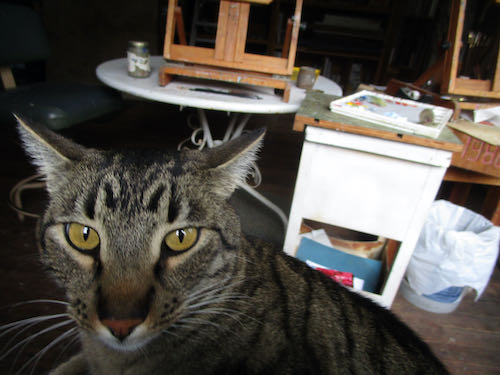
Sky first, because it is the farthest piece and also the easiest. I have to ease into these giant difficult paintings, reminding myself that an elephant gets eaten just one bite at a time.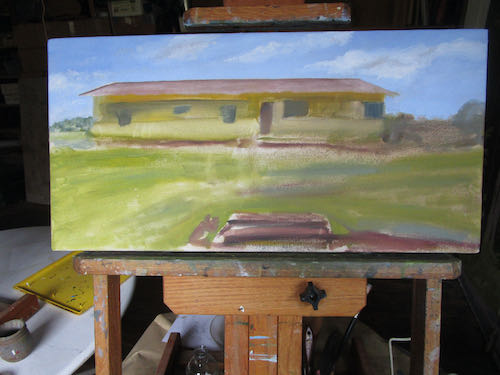
For some reason, I was struggling with window placement and size, so I flipped the painting upside down to help me see the proportions more accurately.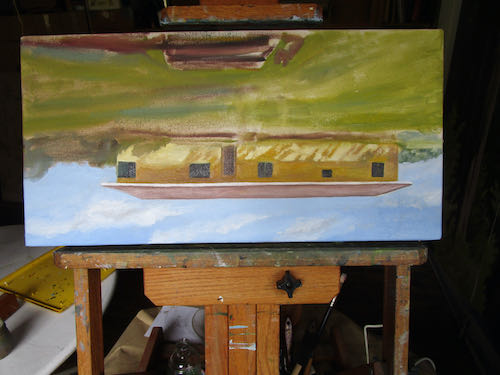
Right side up helps me see if I got things right. That light and shadow on the house is what makes this a good subject to paint.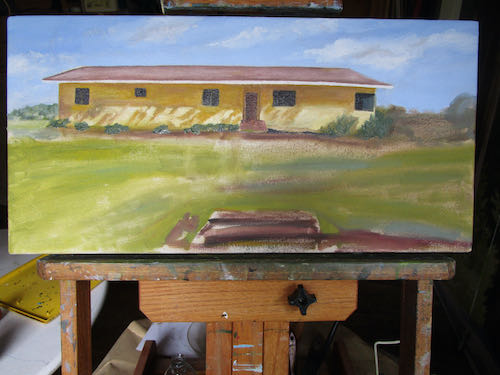
Those front steps are quite interesting, very custom to this basic house. The big lawn is also important.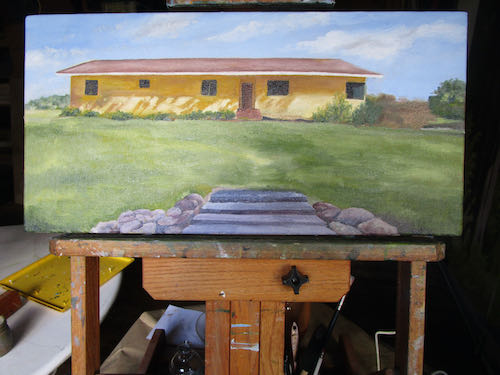
Now it needs to go into the house to dry so that the next layer of detail doesn’t just smear all to kingdom come. (How’s that for a weird saying?)
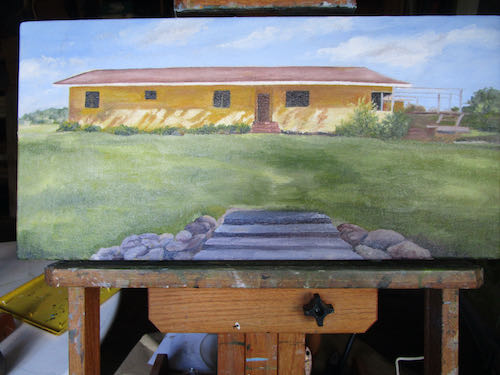
This needs a leafy branch shading the upper left side, another leafy tree shading the upper right side, details on the windows, the door, the steps leading to the door, the planting bed on the front of the house, and an almost indiscernible mess of a pergola and patio area to the right of the house.
I think I can, I think I can, I think I can. . .
What I CAN DO FOR SURE, is send you a 2023 calendar.


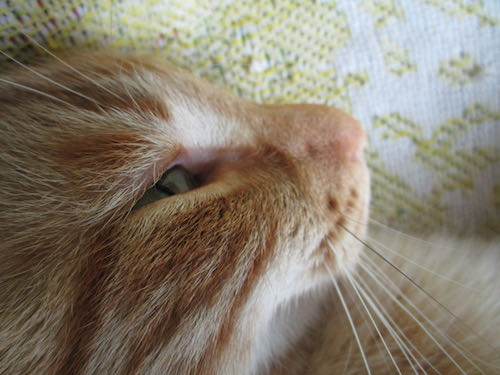
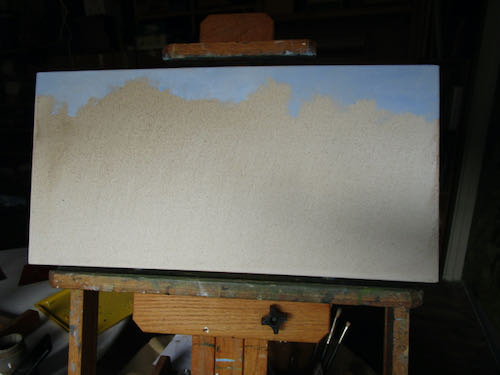
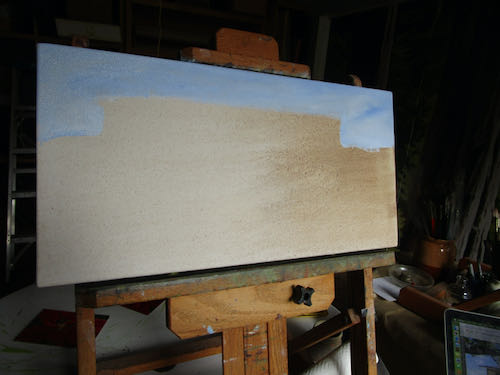
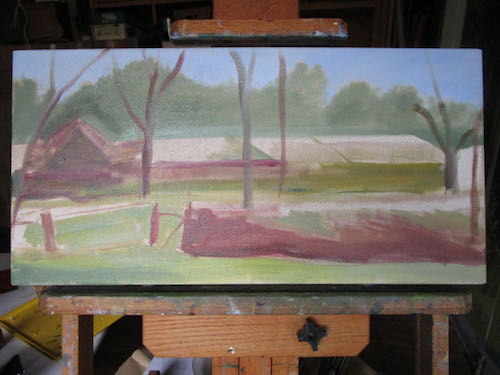
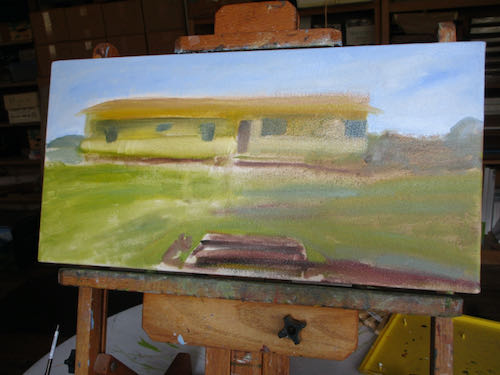
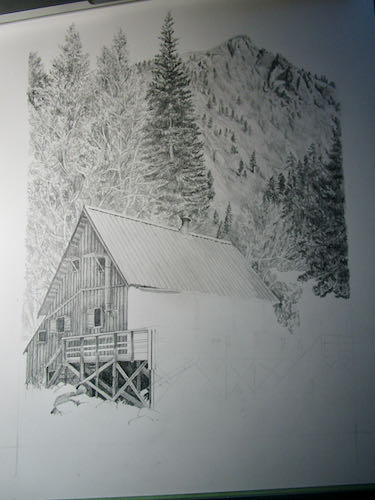

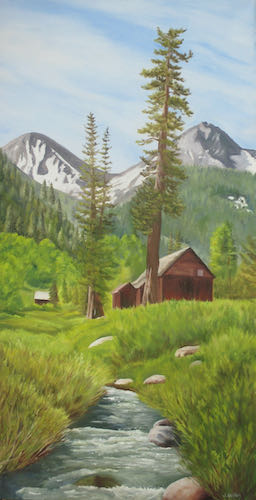

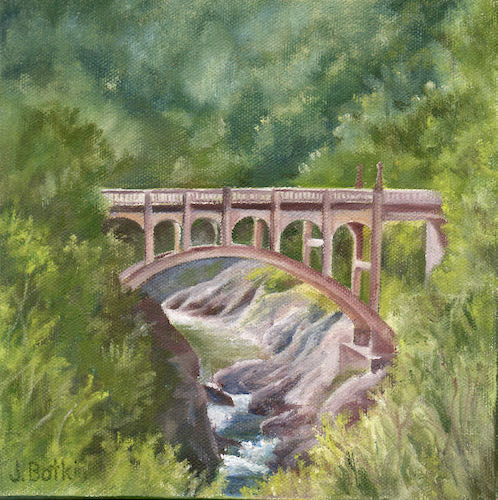
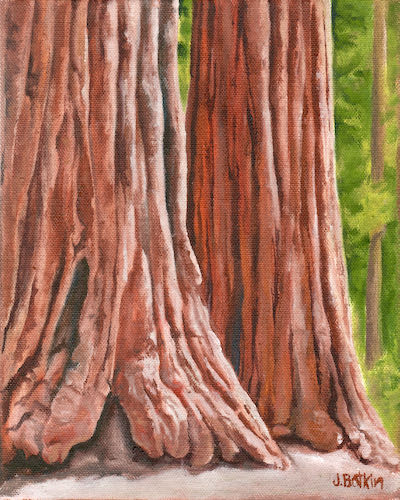
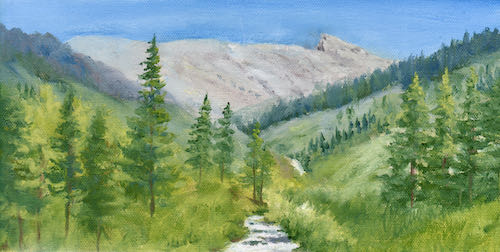
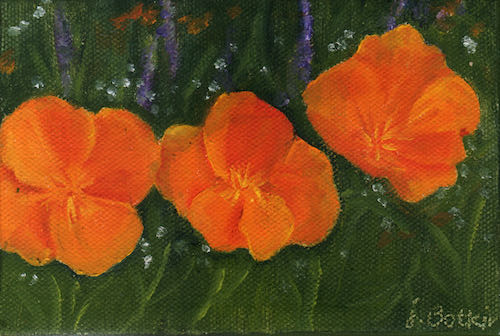
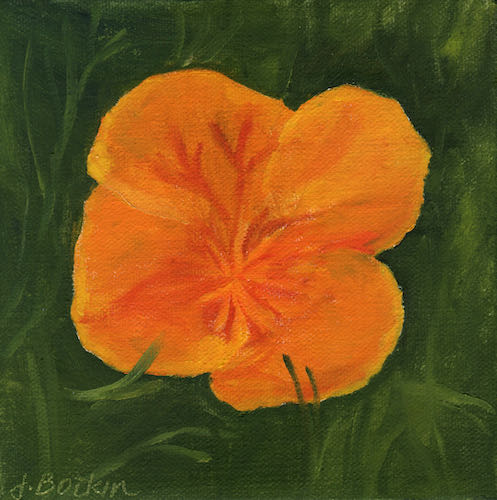
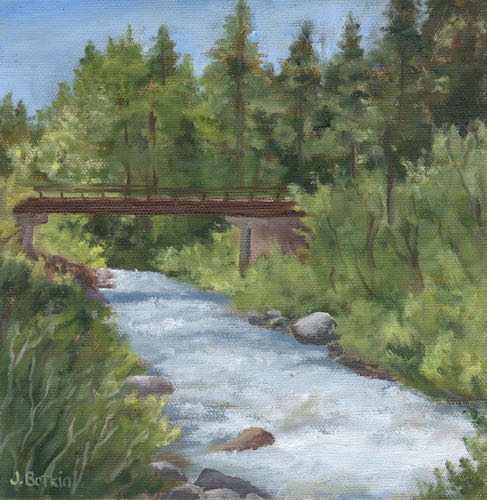
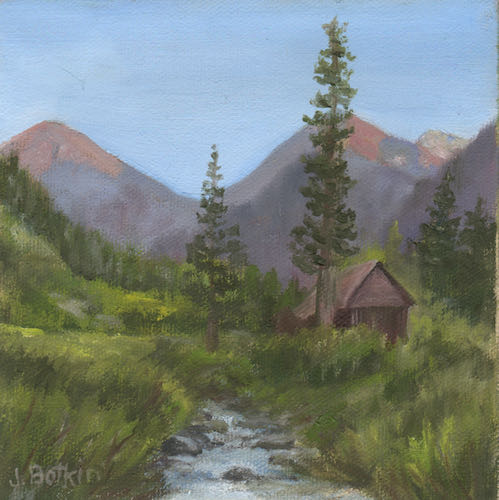
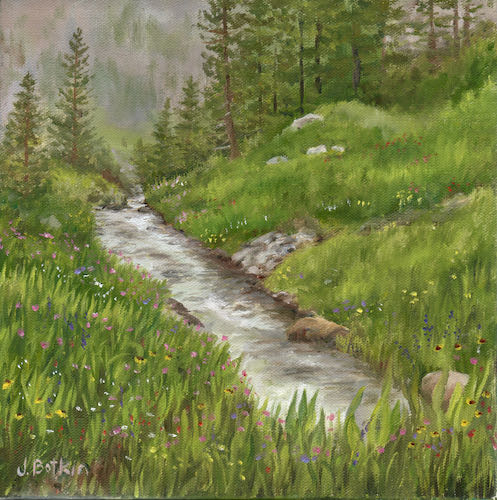
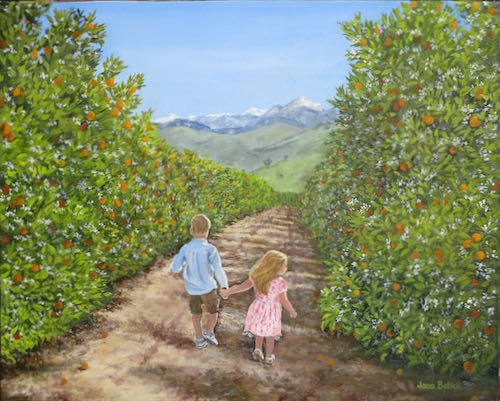
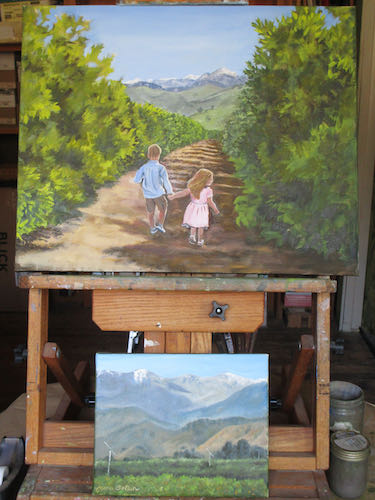
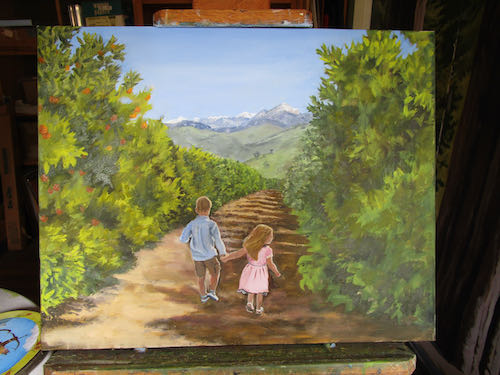
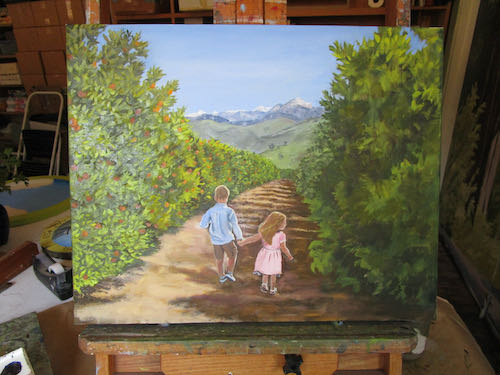
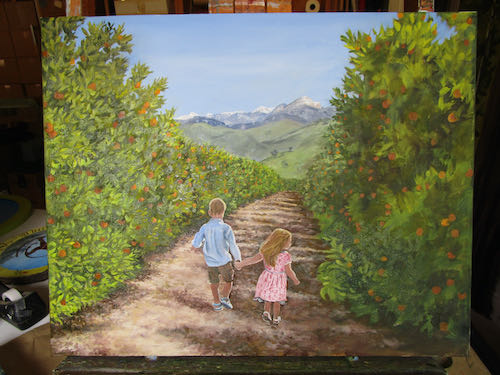
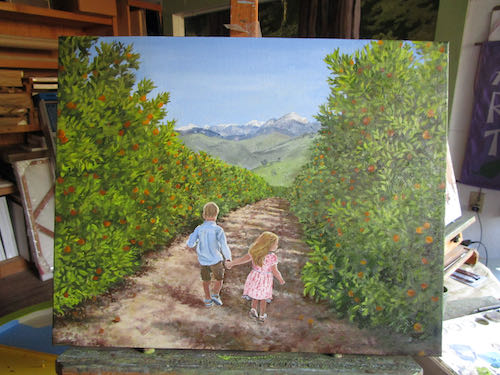
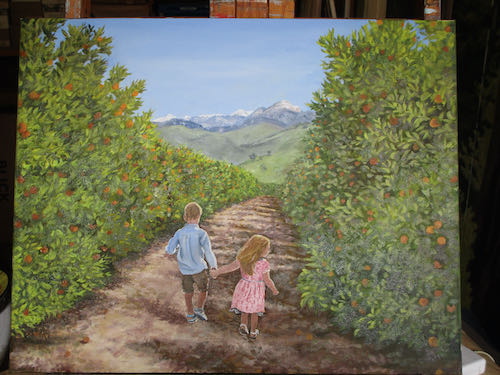
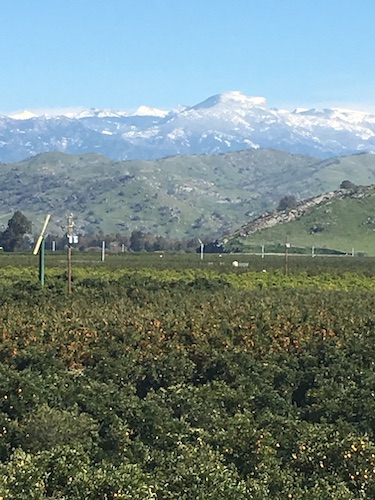
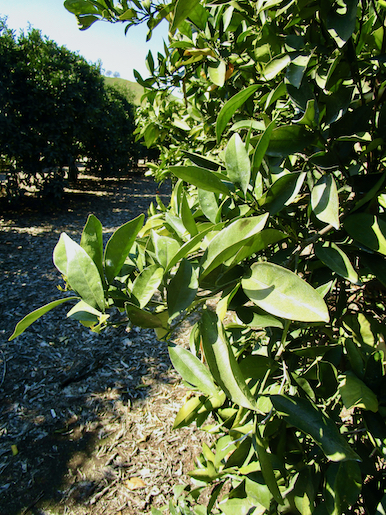
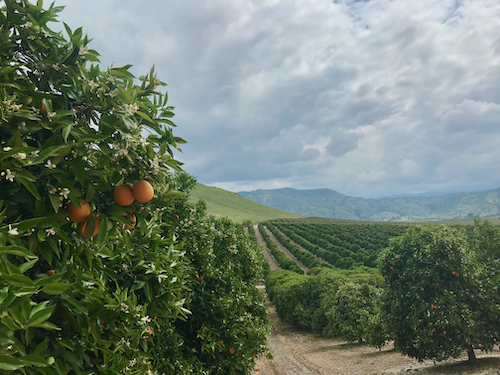
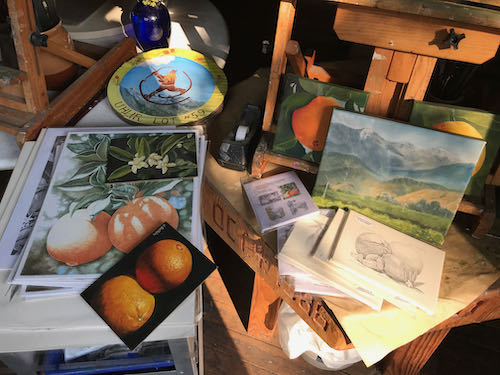
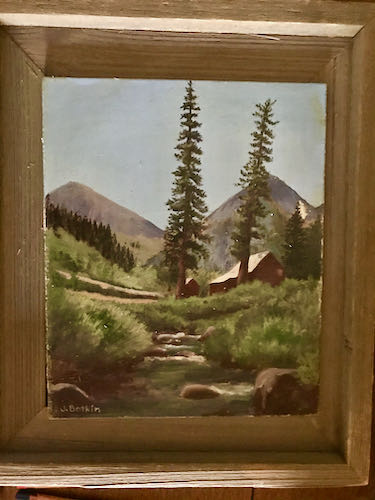
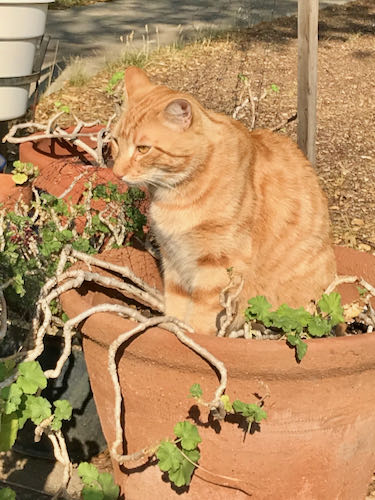
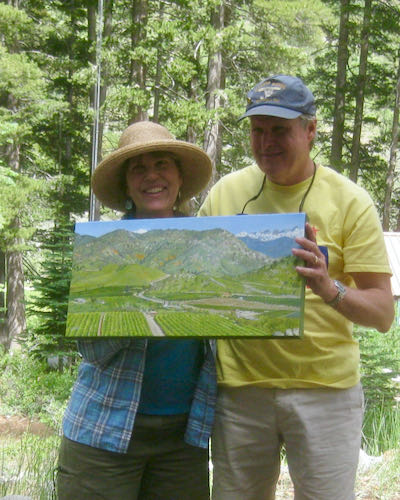
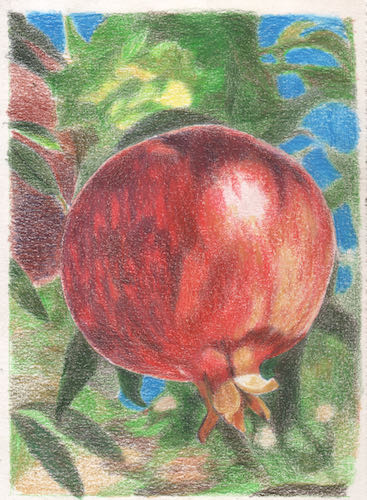
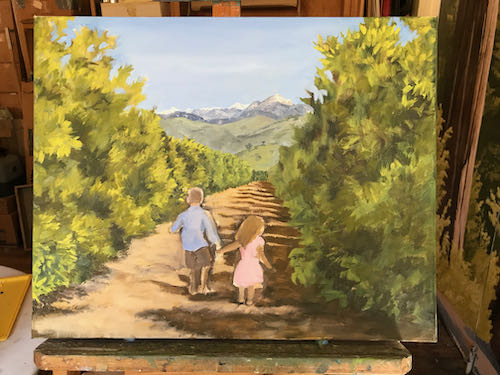
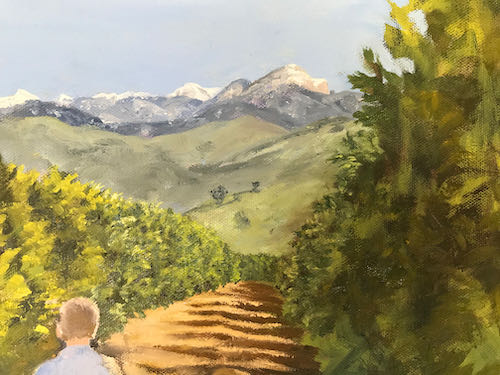
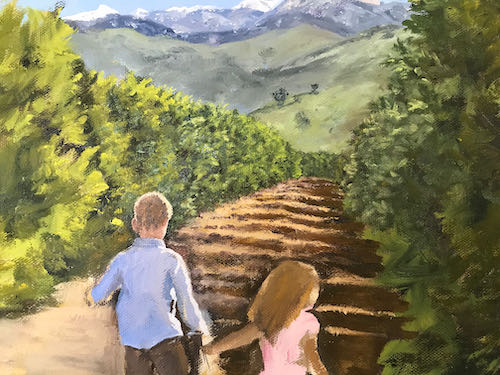
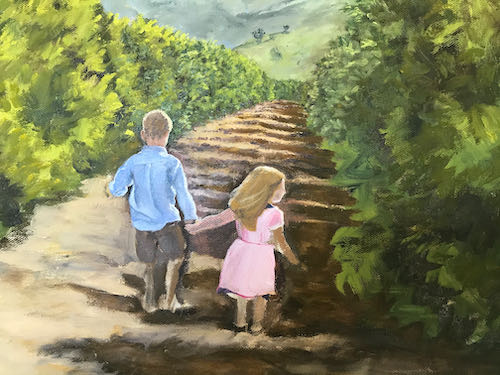
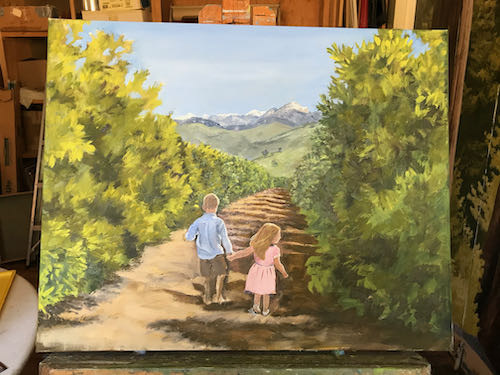
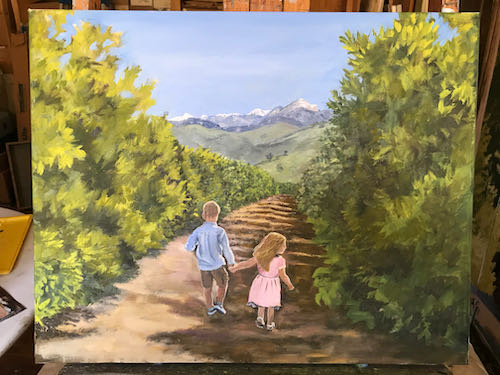

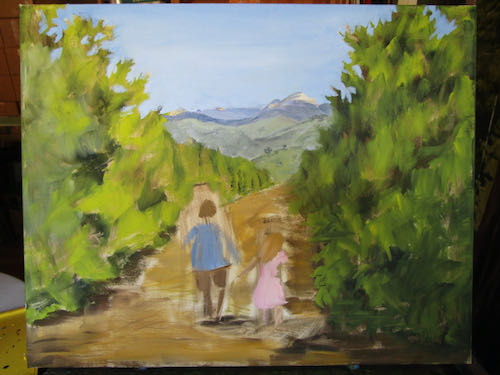
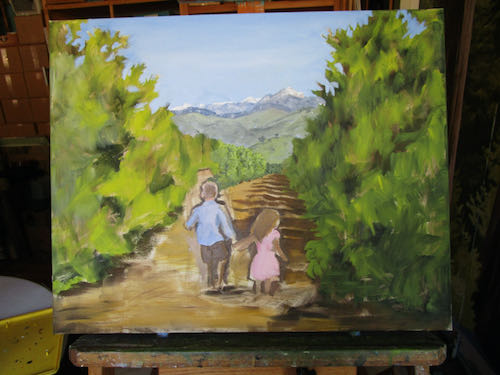
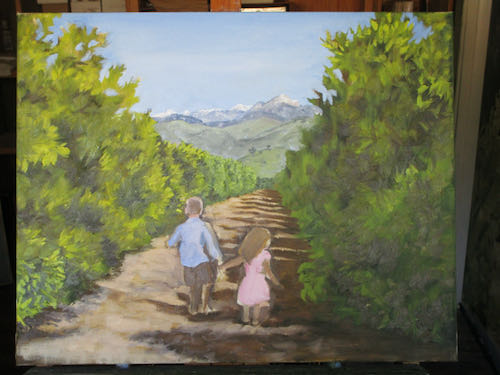
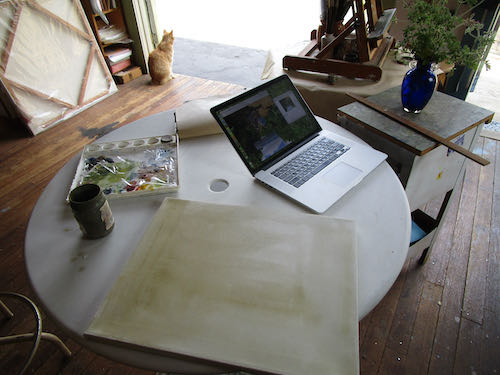
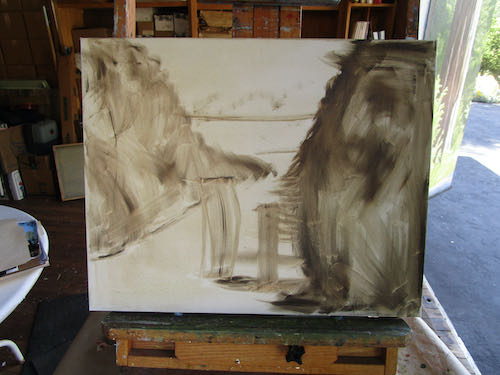
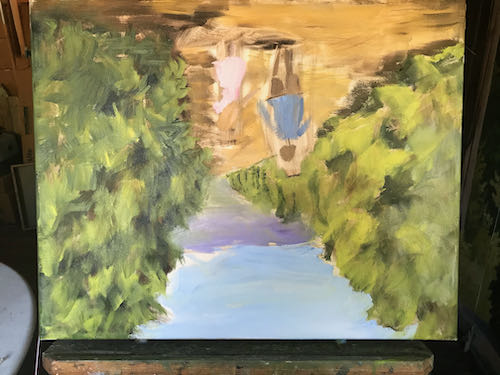
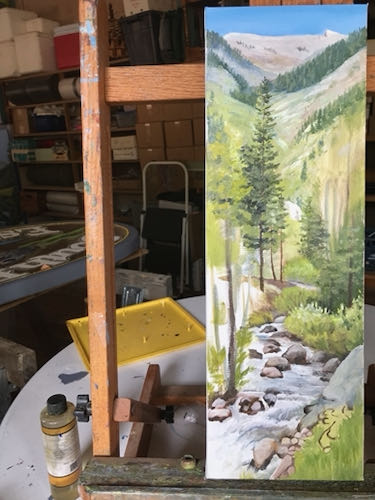
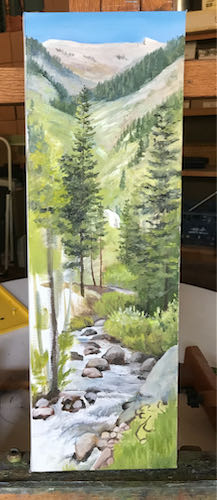
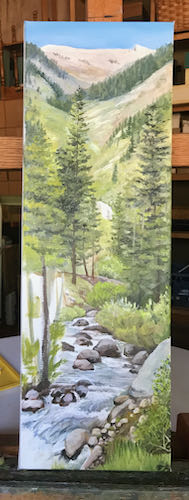 I have finally learned how to scan and photoshop this size of painting in spite of it being too long for my flatbed scanner. When combined with Photoshop Junior, I can patch the 2 scans together.
I have finally learned how to scan and photoshop this size of painting in spite of it being too long for my flatbed scanner. When combined with Photoshop Junior, I can patch the 2 scans together.